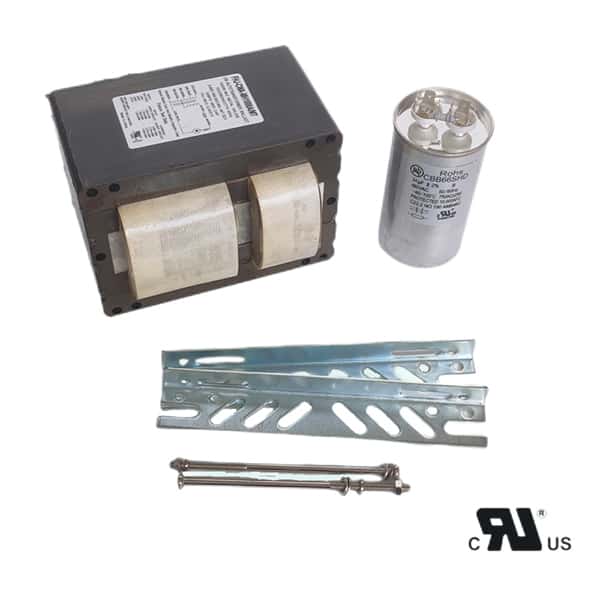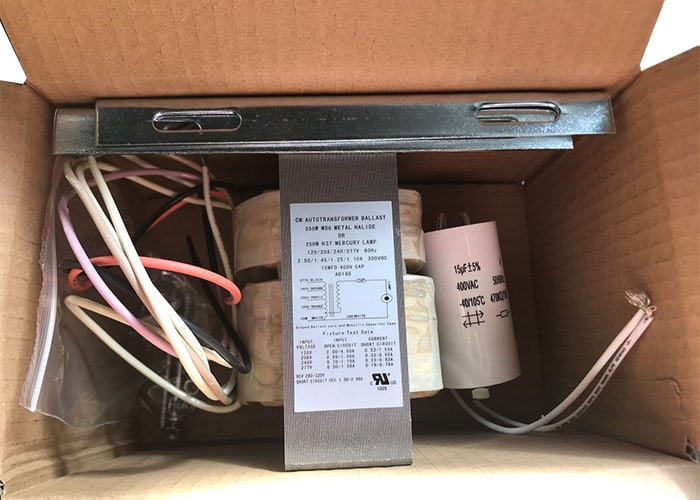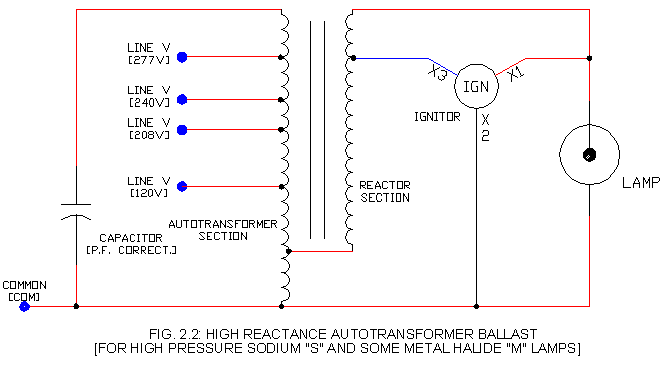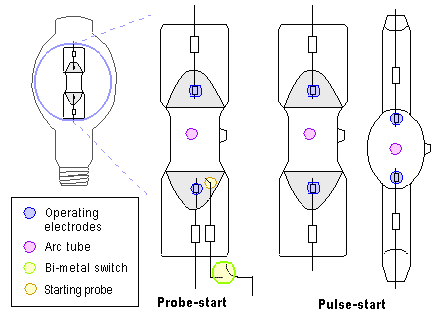Improperly grounding your lamp ballast can cause bad things to happen like shocks, fires, and damage to your lighting system. By grounding your ballast, you protect the equipment and the people around it. Grounding a ballast makes it safe and helps it work better by giving electrical faults a stable path to follow.
You need to ground your ballast for safety and performance. Grounding your ballast keeps you from getting shocked, helps your ballast work right, and protects you from electrical surges.
Knowing about the importance of grounding will help you have a safe and efficient lighting system. This is important in your house and your business.
What Is Grounding in Electrical Systems?
Grounding is a fundamental aspect of electrical systems that involves connecting electrical equipment to the earth. This connection creates a safe path for electricity to follow in the event of a fault or short circuit, preventing the buildup of dangerous electrical currents. Grounding is especially important for systems that involve high-voltage components like lighting ballasts, as it helps protect both people and equipment from potential harm.
In the context of ballasts, grounding ensures that stray electrical currents, which can occur due to faults or surges, are safely redirected into the ground. This process prevents electrical buildup that could otherwise cause shocks, fires, or damage to the ballast and connected lamps. Grounding is thus a critical safety measure that should never be overlooked during installation or maintenance.
Why Is Grounding a Ballast Necessary?
Grounding a ballast is necessary for several reasons, primarily revolving around safety and protection from electrical risks. One of the key reasons is the prevention of electrical shocks. Without proper grounding, any fault in the electrical system could cause the metal parts of the ballast or its fixture to become live with electricity.
If someone were to touch the fixture under these conditions, they could experience a serious electric shock. Grounding provides a direct pathway for these fault currents to flow into the earth, ensuring that exposed parts remain safe to touch.
In addition to shock prevention, grounding also protects the ballast from electrical surges. Electrical surges can occur due to various factors, such as lightning strikes, power grid fluctuations, or faults within the system itself.
A grounded ballast has a dedicated pathway to divert excess voltage away from sensitive components, preventing damage to the ballast and ensuring it continues to function correctly. This protection is vital in extending the lifespan of the ballast and maintaining the stability of the lighting system.
How Grounding Enhances Ballast Performance
Beyond safety, grounding also plays a significant role in enhancing the overall performance of the ballast. One key benefit is that grounding helps to maintain a stable electrical flow. Without proper grounding, fluctuations in voltage can occur, leading to inconsistent performance. This instability can cause issues like flickering lights or sudden shutdowns. Grounding ensures that the ballast receives a consistent supply of power, which keeps the lamps running smoothly and prevents interruptions in lighting.
Another important benefit of grounding is its contribution to the improved lifespan of the ballast. By protecting the ballast from electrical surges and overheating, grounding helps prevent the wear and tear that can occur when a ballast operates under unstable conditions. A grounded ballast is less likely to fail prematurely, resulting in fewer maintenance costs and a longer-lasting lighting system. In this way, grounding not only improves safety but also enhances the durability and reliability of the entire lighting setup.
Risks of Not Grounding a Ballast
Failing to ground a ballast properly introduces several risks, which can range from minor inconveniences to major hazards. One of the most significant risks is the potential for electrical fires. When a ballast is not grounded, electrical faults or short circuits can lead to overheating, which in turn can cause sparks.
In the presence of flammable materials, these sparks can ignite a fire, creating a dangerous situation. Grounding helps to dissipate excess current safely, reducing the risk of such fires.
In addition to fire hazards, there is also the risk of equipment damage. Ballasts that are not grounded are vulnerable to power surges, which can cause the internal components of the ballast to fail. This could result in the ballast overheating or breaking down entirely, leading to expensive repairs or replacements.
Unstable currents can also damage the connected lamps, further increasing the cost of maintenance and reducing the overall efficiency of the lighting system. Proper grounding ensures that these risks are minimized, helping to protect the equipment and extend its usable life.
How to Properly Ground a Ballast
Grounding a ballast correctly involves following specific steps to ensure that the system operates safely and efficiently. First, during installation, it is essential to identify the grounding terminal on the ballast. This terminal is typically marked or color-coded and should be connected to a grounding wire that leads to the building’s electrical grounding system. The other end of the grounding wire must be securely attached to a grounded metal surface, such as an electrical box or ground rod, to complete the grounding circuit.
When installing or repairing a ballast, always turn off the power supply to the fixture to avoid electrical shock. Additionally, be sure to consult local electrical codes, as regulations may vary depending on the region. Proper grounding practices are critical for both compliance and safety, so it’s essential to follow the guidelines closely. If you’re uncertain about the process, it’s best to hire a qualified electrician to ensure that the installation is done correctly and safely.
Grounding Ballasts in Different Environments
Grounding requirements may vary depending on the environment in which the ballast is installed. In residential settings, grounding is typically straightforward, but it remains just as important as in larger commercial applications. For smaller residential setups, ensuring that the ballast is properly grounded protects the home’s electrical system from faults and helps maintain safe lighting conditions.
In commercial or industrial environments, grounding becomes even more critical due to the higher electrical loads and increased risk of power surges. In these settings, ballasts may need additional grounding measures, such as bonding to metallic conduit or using dedicated grounding rods. Furthermore, outdoor lighting systems are exposed to environmental factors like rain, wind, and lightning, which make grounding essential to protect the system from weather-related electrical surges. Grounding outdoor ballasts properly can prevent damage from lightning strikes and ensure that the lighting system remains functional even in harsh conditions.
Final Words:
Grounding your light ballast is important for safety and the longevity of your lighting system. By grounding your ballast, you protect people and equipment from electrical hazards like shock and fire. Grounding your ballast will improve your ballast’s performance and its lifespan. Make sure your ballast is properly grounded for safe and efficient operation.






